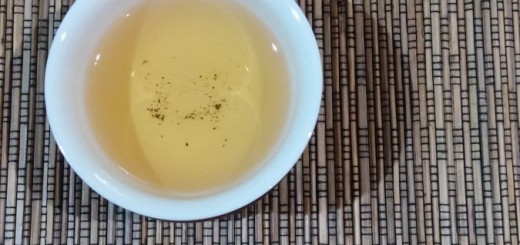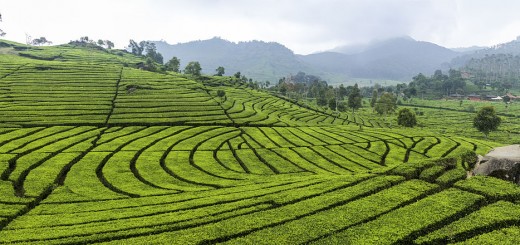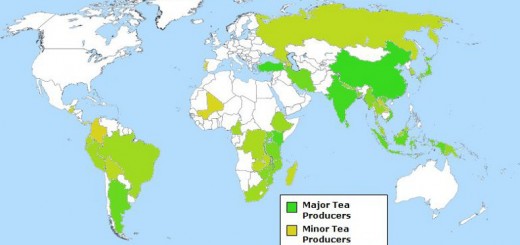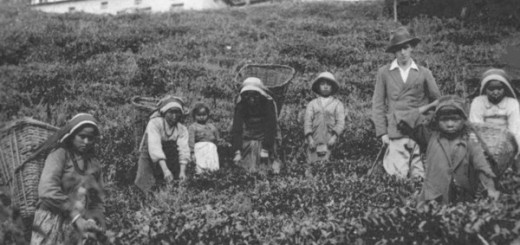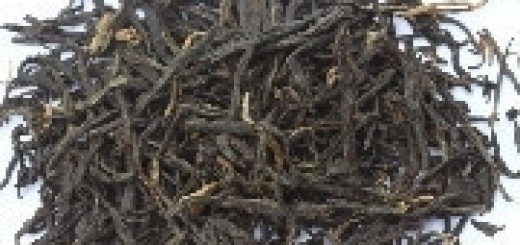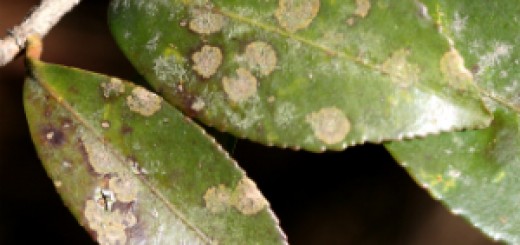Major Pests & Diseases
The global demand and subsequent production of tea has shown an increase in a wide variety of major pests and diseases occuring in different continents, countries, and bioregions. The most common diseases that are affecting the largest regions of production include algal leaf spot, brown blight, grey blight, blister blight, horsehair blight, tea scale(Fiorinia theae), tea aphids(Toxoptera aurantii), and twig dieback/stem canker(Keith). The use of pest-/fungicides has been a common practice on tea plantations, but the growing consumer demand for cleaner produce has sparked a surge of organically and even biodynamically certified tea plantations which have a much more stringent list of allowed biological controls. The majority of management practices for controlling fungal diseases in organic and biodynamic operations seems to involve the removing of infected tissue or even the whole plant as well as removing surrounding plants to further lessen the chance for spores and mycelium to spread which is caused by rains and winds; both are incredibly common in the tropical and subtropical regions that tea is most suited for.
